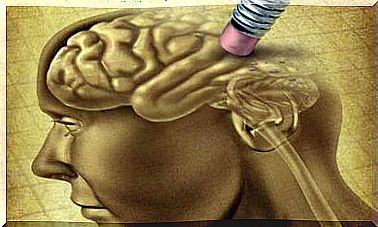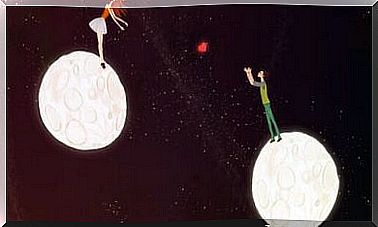Do You Know The Theory Of The Valley Of Strangeness?
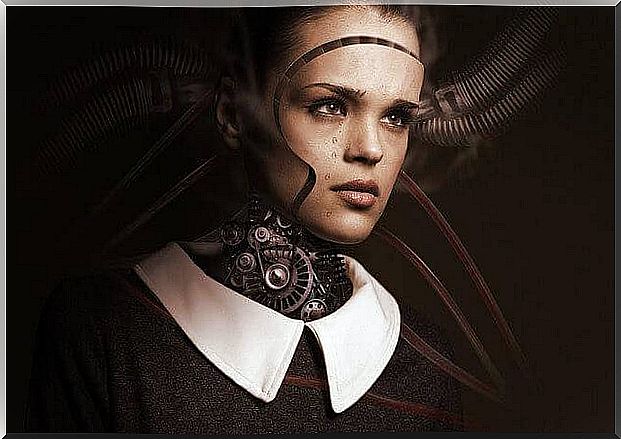
“When computers take over, we may not get it back. We will survive according to your will.” What do you think when reading this sentence by Marvin Minsky, the father of artificial intelligence? Do you feel a little uncomfortable? This feeling is legitimate and, according to the theory of the valley of strangeness, can be psychologically justified.
The contemporary world is developing at an enormous speed. Any smartphone we carry in our pockets today is more powerful than the computers that took man to the moon. Of course, all this brings important advances, but it also raises great fears. This is because the speed at which technology advances is very high.
What is the Valley of Strangeness Theory?
New technologies allow us to do things that a few years ago we couldn’t even dream of. In fact , there are already robots and artificially animated beings that look truly human. If these types of beings cause you a certain fear, that is not strange; is a feeling explained by the theory of the valley of strangeness.
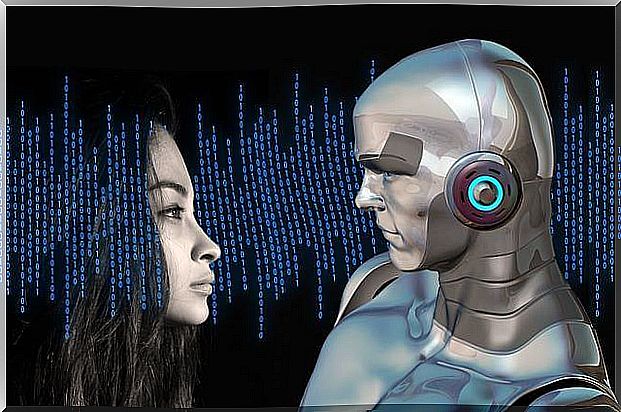
According to Professor Masahiro Mori, who proposed this theory in 1970, the more a robot looks like us, but it is still possible to perceive the difference, the more emphatic our reaction will be, until reaching the point of total rejection. However, if we cannot differentiate a robot from a human being, our response will be more positive. Thus, there is a kind of “vacuum” or “space” in which we react to these beings with strong rejection.
This theory was proposed by Mori in 1970, when he was studying human reactions to robotics. The figure of artificial intelligence and robots extremely similar to men and women, but clearly distinguishable, provokes a strong rejection, as happened in 1988 with a Pixar short film, “Tin Toy”. The baby in the movie was a lot like a real baby, but not enough to provoke a positive reaction.
Theories regarding the valley of strangeness
To date, no one has been able to explain exactly why this rejection takes place. Still, several researchers have proposed theories that could address the answer.
The most accepted was proposed by Thalia Wheatley, a psychologist at Dartmouth College. According to this professional, our brain has a stimulus evaluation system whose programming prevents us from choosing a partner with health problems. That is, if we observe in someone or ‘something’ any indication that they are not suitable for reproduction, our brain would interpret this as a danger to the preservation of the species.
According to Wheatley’s investigations, the human evolutionary process has been refined in such a way that we can detect even very small distortions. Once perceived, they generate a certain discomfort around this being, who may have physical or mental problems. Such annoyance could explain the existence of the Valley of Strangeness as a natural response to perpetuate the species.
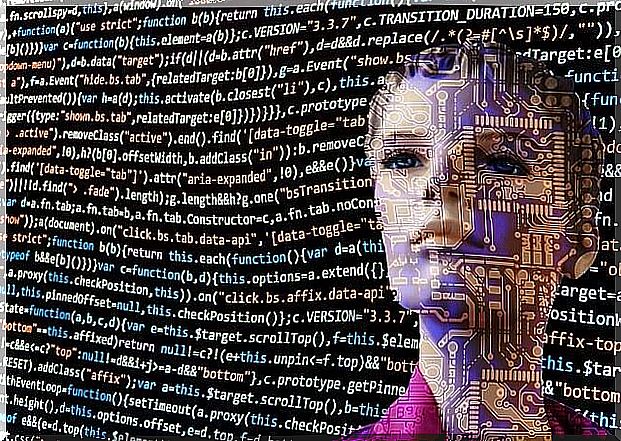
Criticism of this theory
According to this theory, our brain could associate the appearance of an almost human, but not yet perfectly human, android with someone seriously ill, or even dead. So there would be a negative reaction.
However, even though it is a potentially logical theory, it has its opponents. Many robotics experts, such as Ayse Saygin, a cognitive scientist at the University of California, insist that android technology is not yet developed enough.
In other words, this theory would not have sufficient scientific basis to affirm the existence of the so-called valley of strangeness. So this sensation could be a simple cognitive dissonance. In other words, by observing human-like characteristics such as facial expressions and certain behaviors, certain expectations are created in the brain. Not being satisfied, they generate dissonance. In any case, this theory, whether real or not, is the possibility that we will come to understand more deeply how human empathy works.
So what is your opinion? Do you feel this discomfort when you observe a machine that is excessively human-like? If that happens, maybe it’s proving the valley of weirdness theory. In any case, it’s unsettling to think about it, isn’t it?




